As of my last knowledge update in January 2022, Peru has several UNESCO World Heritage Sites that reflect its rich cultural and natural heritage. Please note that new sites may have been added or changes may have occurred since then. Here is a comprehensive list of UNESCO World Heritage Sites in Peru, along with brief explanations of their significance:
City of Cuzco (1983)
Cuzco, the historic capital of the Inca Empire, is a city with well-preserved Inca and colonial Spanish architecture. The site reflects the fusion of Inca and Spanish colonial cultures and serves as a testament to the Inca civilization’s architectural and engineering prowess.
Historic Sanctuary of Machu Picchu (1983)
Machu Picchu is an iconic archaeological site located high in the Andes Mountains. The well-preserved Inca city represents the pinnacle of Inca engineering, architecture, and urban planning. It is considered one of the most important cultural and archaeological sites in the world.
Chavín (Archaeological Site) (1985)
The archaeological site of Chavín, located in the Andean highlands, features the remnants of the Chavín culture, an ancient Andean civilization. The site includes ceremonial and religious structures, showcasing the cultural and artistic achievements of the Chavín people.
Huascarán National Park (1985)
Huascarán National Park is located in the Cordillera Blanca mountain range and contains diverse ecosystems, including glaciers, lakes, and high-altitude grasslands. The park is important for its biodiversity and serves as a habitat for various endangered species.
Chan Chan Archaeological Zone (1986)
Chan Chan, located near Trujillo, was the capital of the Chimú Kingdom. The archaeological site contains impressive adobe structures, including ceremonial plazas and intricate friezes, offering insights into the Chimú civilization’s urban planning and artistic achievements.
Manú National Park (1987)
Manú National Park, located in the Amazon rainforest, is one of the most biodiverse areas in the world. The park is home to a wide variety of plant and animal species, including many endangered and endemic ones.
Historic Centre of Lima (1988)
Lima’s historic center, also known as the “City of the Kings,” features colonial architecture, including churches, monasteries, and mansions. The site represents the architectural and cultural influence of Spanish colonial rule.
Río Abiseo National Park (1990)
Río Abiseo National Park, located in the Andes and the Amazon Basin, is known for its diverse ecosystems. The park contains archaeological remains of ancient cultures, as well as unique flora and fauna, including the rare yellow-tailed woolly monkey.
Lines and Geoglyphs of Nasca and Pampas de Jumana (1994)
The Nasca Lines are a series of ancient geoglyphs created in the Nasca Desert. These large-scale designs, including animals and geometric patterns, are best viewed from the air. The purpose and creators of the lines remain a subject of archaeological inquiry.
Historical Centre of the City of Arequipa (2000)
Arequipa’s historic center is characterized by well-preserved colonial architecture, including the Santa Catalina Monastery. The city reflects a fusion of Spanish and indigenous influences, showcasing unique architectural and cultural elements.
Sacred City of Caral-Supe (2009)
Caral-Supe is one of the oldest known urban centers in the Americas, dating back to around 2600 BCE. The archaeological site contains monumental structures and evidence of advanced planning, indicating the development of complex societies in ancient Peru.
Historic Sanctuary of Machu Picchu (Extension) (2017)
This extension includes additional areas around Machu Picchu, expanding the protected zone to preserve the cultural and natural attributes of the site.
Chankillo Archaeoastronomical Complex (2007)
Chankillo is an ancient astronomical observatory with a unique set of structures aligned to the solar calendar. The site provides insights into the astronomical knowledge of ancient cultures in the region.
Archaeological Site of Huacas del Sol and Huacas de la Luna (2019)
The Huacas del Sol and Huacas de la Luna are adobe temples built by the Moche civilization. The temples contain detailed murals and sculptures depicting Moche deities and rituals, providing valuable information about Moche society.
Conclusion:
Peru’s UNESCO World Heritage Sites encompass a wide range of cultural, historical, and natural wonders. From the awe-inspiring ruins of Machu Picchu to the ancient geoglyphs of Nasca and the biodiversity of Manú National Park, these sites contribute to the global understanding of human history and the importance of preserving cultural and natural diversity. UNESCO recognition often plays a crucial role in promoting conservation and sustainable tourism in these remarkable areas.



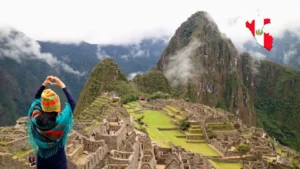
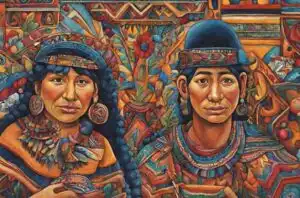
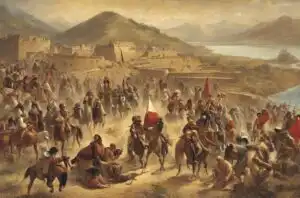


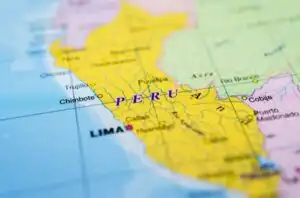
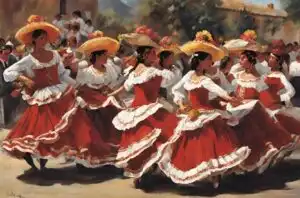

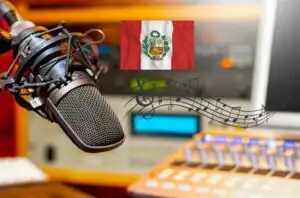




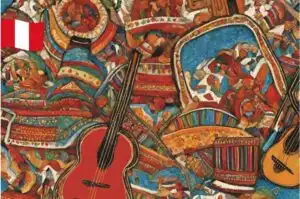





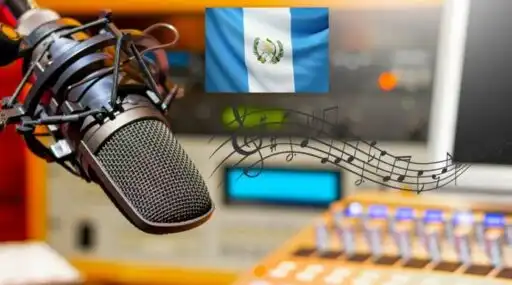













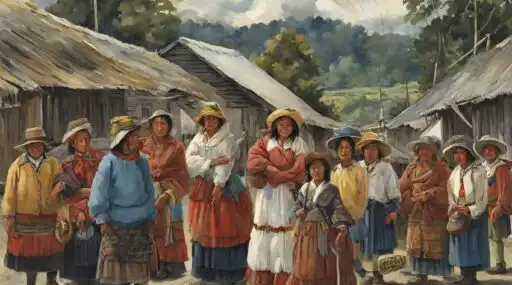
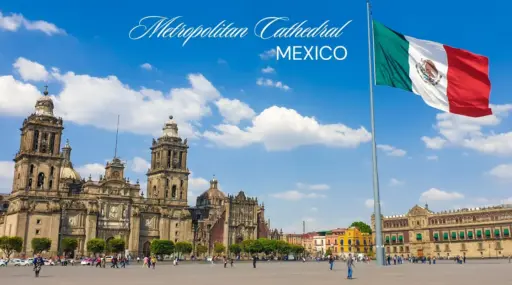
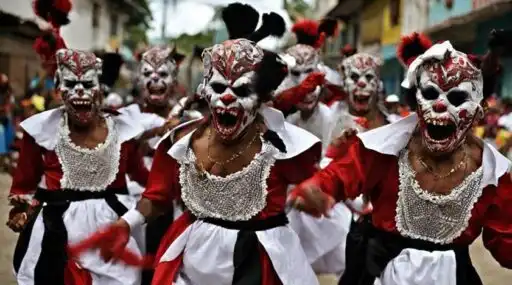
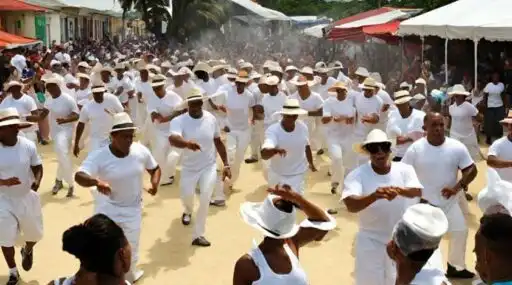
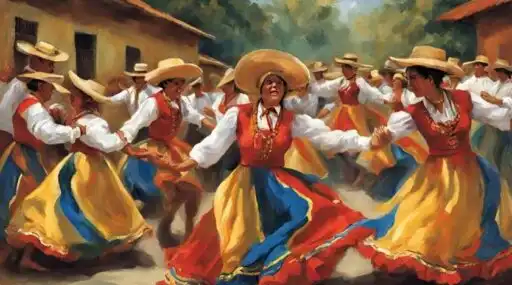
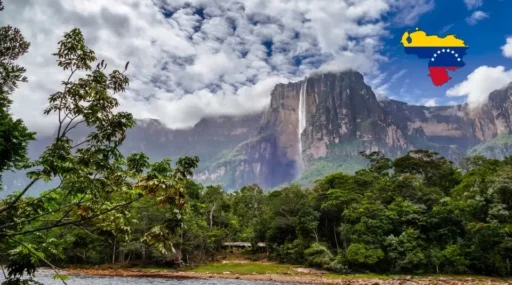

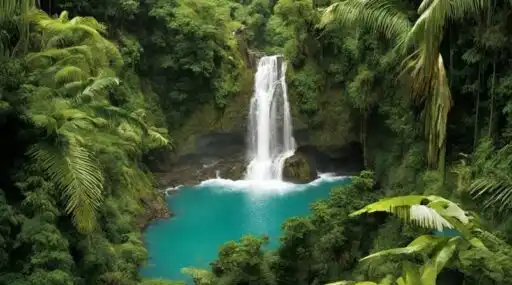




Leave a Reply